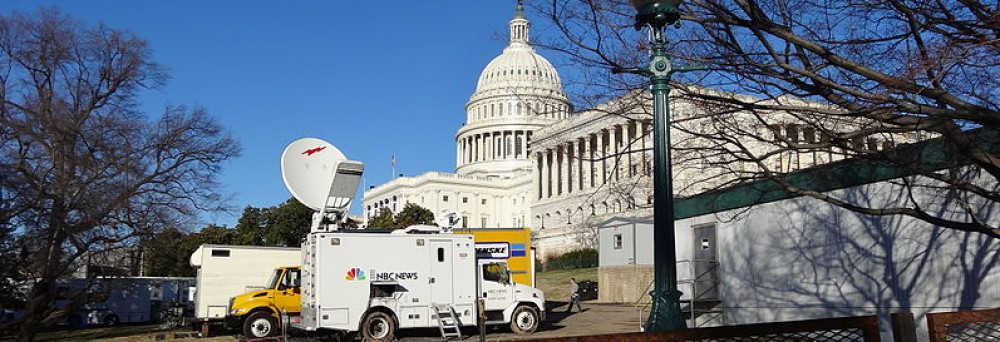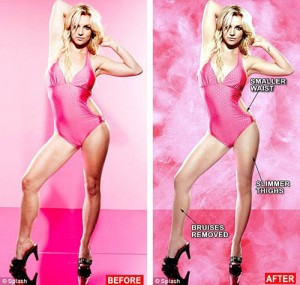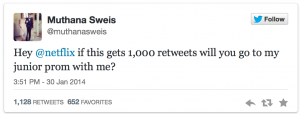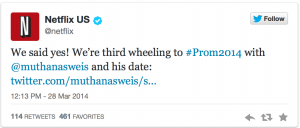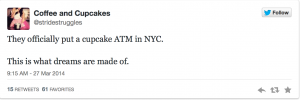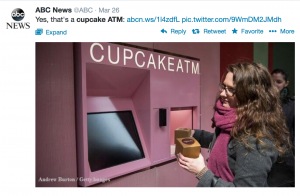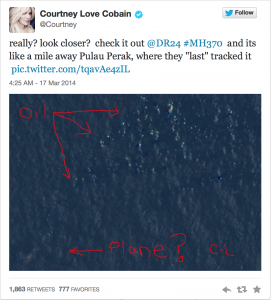By MEAGHAN McCLURE
Social media play a huge role in the lives of everyone today. More importantly, when a breaking news story is released, it is almost impossible to not hear of it on Facebook, Twitter or any similar social media outlet, while everyone gives out their own opinions.
This is why social media played a key role in the termination of a football player’s contract and indefinite suspension from the NFL.
Ray Rice was caught on camera dragging his unconscious fiancee out of a casino elevator way back in February. So why did it take almost seven months to give him a punishment fit for his horrifying act?
When the first video was released and widely covered by news and sports media, there was public shock, but of a relatively small scale. People were disgusted, but forgot about it in due time, and Rice only suffered a two-game suspension.
It wasn’t until TMZ released a second video, making the attack more visual, that the NFL and Ravens alike stepped up Rice’s punishment.
What is the difference between the release of the two videos? Public backlash.
After the release of the first video, it was a trending story for no more than a few days, quick to be forgotten in a league where crimes like this aren’t that foreign. However, it has been a week since the second was released, and new developments in the story are coming out everyday.
The public became so outraged, it took to social media, making this story a trending topic on Twitter and Facebook for over a week. In a society where the average internet user’s attention span is minimal, this was a long time. The public influence concerning this story was strong enough to end a man’s career, and make NFL reconsider policies.
It is clear the effect social media and the public’s opinion had on this Ray Rice situation. What is not clear, however, is the reason why it took this high level of intensely bad publicity to make the NFL take appropriate measures in the punishment.
Although social media is a blessing, allowing powerful entities like the NFL to hear the voices of the public, it should not have been the driving force to ultimately force the NFL to suspend Rice indefinitely.
The NFL leadership claimed to not have seen the second video until Monday, although law enforcement officials confirm it was sent to the league office in April. Even still, everyone knew what had happened on that elevator and the NFL should have taken appropriate measures then, rather than wait to see if the situation would blow over.
With all these facts known, the NFL has portrayed itself in a horrible light and the influence and backlash of social media are not going to help the league out or lead people to forget about it anytime soon. Let’s just hope the league handles the next situation better than it did this one.
